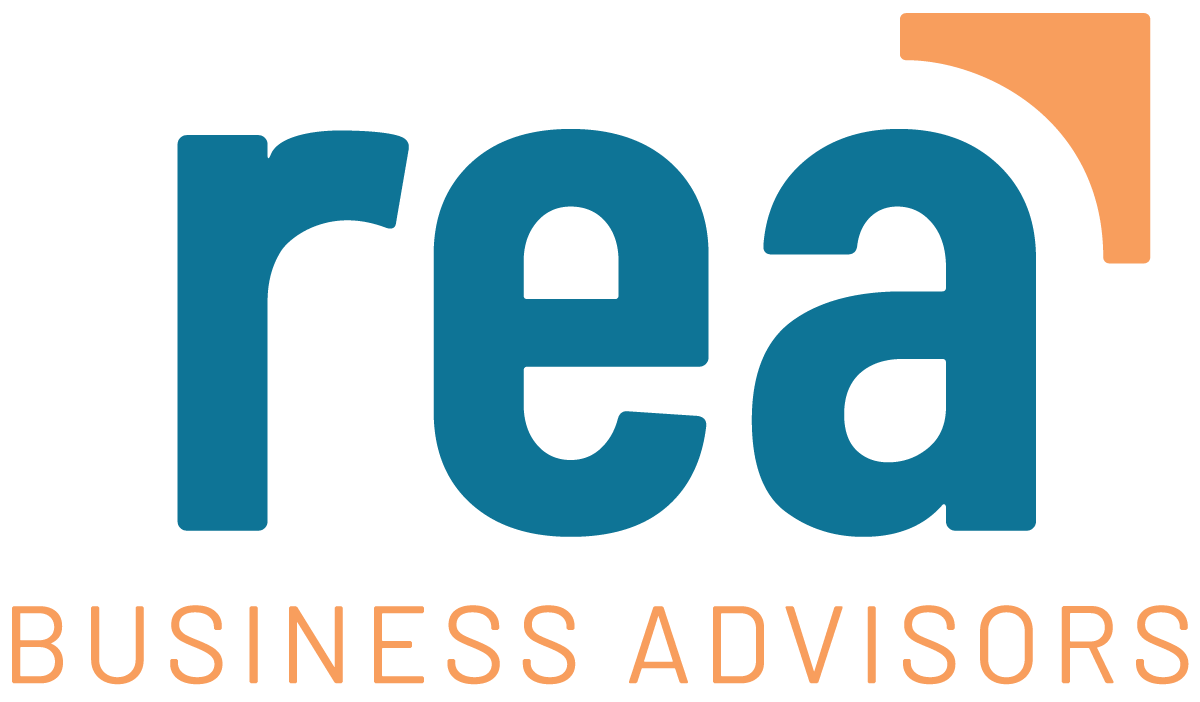
If you’re a business owner in Ohio, you’ve probably heard the buzz about the upcoming sales tax holiday. Maybe you’re wondering how to handle it properly, or perhaps you’re already thinking through logistics. Here’s the thing, Ohio’s expanded sales tax holiday isn’t just another regulatory requirement to manage. When handled correctly, it’s a genuine opportunity to boost your bottom line while giving your customers real savings, and yes, participation is mandatory for all businesses selling tangible goods.
This year’s holiday runs from August 1-14, and the devil is absolutely in the details. While the structure mirrors last year’s groundbreaking changes, it remains one of the most generous tax breaks Ohio has ever offered businesses and consumers. What’s the difference this time? The entire two-week window falls squarely within August, affecting just one filing period, making it slightly easier for businesses to manage compared to last year’s two-week span that affected both July and August.
Why This Year’s Sales Tax Holiday Feels Different
We’ve been helping Ohio businesses tackle sales tax challenges for decades, and while this year’s holiday closely resembles last year’s expanded format, it still represents a major departure from the traditional three-day approach. Last year was the first time Ohio implemented the two-week timeline with a vastly expanded list of eligible items, and it marked a major shift in how businesses had to prepare. Nearly everything under $500 remains tax-free again this year from that new tablet you’ve been eyeing to a family dinner at your local restaurant. The scope is substantial when you take it all in.
But let’s be honest about something else: last August, our phones didn’t stop ringing. Restaurant owners panicked about their point-of-sale systems. Retailers discovered their software couldn’t handle split transactions. Businesses realized they needed to reprogram everything just days before the holiday started.
The businesses that succeeded? They started planning early and asked for help when they needed it.
The Reality Check Every Business Owner Needs
The $500 threshold applies to individual items, not the total purchase. So, if someone buys 10 items at $400 each, the entire $4,000 transaction is tax-free. But if they purchase a single item for $501, you’re collecting tax on the full amount. There is no splitting or partial exemptions. Additionally, if your business sells both taxable and exempt items, those items must be clearly separated on the bill or invoice. If not properly itemized, the entire transaction could be considered taxable under Ohio’s rules.
And those bundled items? Don’t even think about breaking them apart to slip under the threshold. Ohio saw that coming from a mile away.
Where We See Businesses Struggle Most
After years of helping clients through these holidays, we’ve noticed patterns in where problems arise. Restaurants face the biggest headaches because they’re dealing with mixed transactions like tax-free food sitting right next to taxable alcohol on the same check. Your point-of-sale system needs to be smart enough to handle this split, and many aren’t without some programming adjustments.
Retailers with both exempt and non-exempt inventory need systems that can toggle tax calculations item by item. Online sellers must account for order timing, shipping allocations, and delivery dates that may fall after the holiday ends. Backorders and rainchecks come with their own nuances. Eligibility depends on when the item is paid for and whether it’s in stock during the holiday. If the product is backordered or a raincheck is issued, the exemption may not apply. Understanding these distinctions ahead of time is key to avoiding missteps.
Here’s something that catches many businesses off guard: your sales tax return for August is going to look dramatically different. If you typically show minimal exempt sales and suddenly report thousands in exemptions, that’s going to raise flags. The state expects to see this spike, but you need to be prepared to document it properly.
Register For Our Upcoming Webinar About The Sales Tax Holiday
The Restaurant Reality
Let’s talk specifically about restaurants since the rules here are particularly distinct. That $45 dinner for two? Tax-free. The bottle of wine with it? Still taxable. Your system needs to handle this seamlessly, or you’ll have frustrated customers and potential compliance issues.
We worked with one restaurant group last year that discovered their POS system would either exempt everything or nothing, there was no middle ground. They ended up needing emergency programming changes just three days before the holiday started. Don’t be that restaurant.
The good news? Dine-in sales are specifically included, which means you can market this aggressively. “Beat the tax and treat yourself” campaigns worked beautifully for several of our restaurant clients last year.
Online Sales Add Another Layer For Businesses
E-commerce businesses face their own set of challenges. The key is timing. If your customer orders and pays during the holiday period and the item is in stock and not on backorder, the exemption applies even if you ship after August 14. But your systems need to capture that timestamp correctly.
Shipping charges follow their own rules, too. If everything in the order qualifies for exemption, shipping is tax-free. Mixed orders require proportional allocation of shipping costs between taxable and exempt items. Most standard e-commerce platforms aren’t set up to handle this calculation automatically.
The Documentation You Can’t Ignore
Here’s something that doesn’t get enough attention: your August sales tax return needs to tell the right story. The Ohio Department of Taxation knows this holiday is happening, and they expect to see businesses reporting significant exempt sales during this period.
If your return looks exactly like every other month, that’s going to trigger questions. Make sure you’re tracking exempt sales separately and can provide backup documentation if requested. We’ve helped clients organize this documentation in ways that make potential audits smoother.
Why Professional Help Actually Saves Money
Look, we get it. Nobody wants to pay for help they think they can handle themselves. But here’s what we’ve learned after guiding businesses through these holidays: the cost of getting it wrong far exceeds the investment in getting it right.
System modifications, staff training, compliance documentation, and customer communications all add up quickly—and mistakes are expensive. Our State and Local Tax team has seen every scenario you can imagine, and probably a few you can’t. One common pitfall? Blind trust in your sales tax software. Many providers claim the holiday is “automatically handled,” but that doesn’t guarantee accuracy. You need to validate that your system is correctly configured and fully tested before August 1. Don’t assume it’s handled. Verify it.
We’re not just talking about avoiding penalties, though that’s certainly important. We’re talking about positioning your business to actually benefit from increased traffic, higher transaction volumes, and the goodwill that comes from customers saving money.
Getting Ahead of the Rush
The businesses that do best during the sales tax holiday are the ones that start preparing now, not the week before August 1. System modifications need to be tested. Staff need training. Marketing campaigns need development time.
If you’re reading this and thinking “I should probably look into this,” you’re already ahead of the curve. But don’t wait too long. Everyone else is going to want help at the same time, and availability gets tight as we get closer to the holiday.
Join us for our upcoming webinar where we’ll walk through the specific requirements and answer your individual questions. Our SALT specialists will share real examples from previous holidays and help you avoid the pitfalls we’ve seen trip up other businesses.
If you need immediate guidance on system modifications or compliance requirements, reach out to Rea and get connected with our team. Rea’s been helping Ohio businesses tackle these challenges for years, and we’ve seen it all.
Don’t let this opportunity pass you by and definitely don’t let poor preparation turn it into a headache. With the right approach, Ohio’s sales tax holiday can be genuinely beneficial for your business and your customers.
Quick Note on Ohio Sales Tax Holiday Usage Across State Lines: The exemption only applies if the product is bought and used in Ohio. If an out-of-state business purchases items in Ohio and brings them back to their home state for use, that state may still require use tax to be paid.


